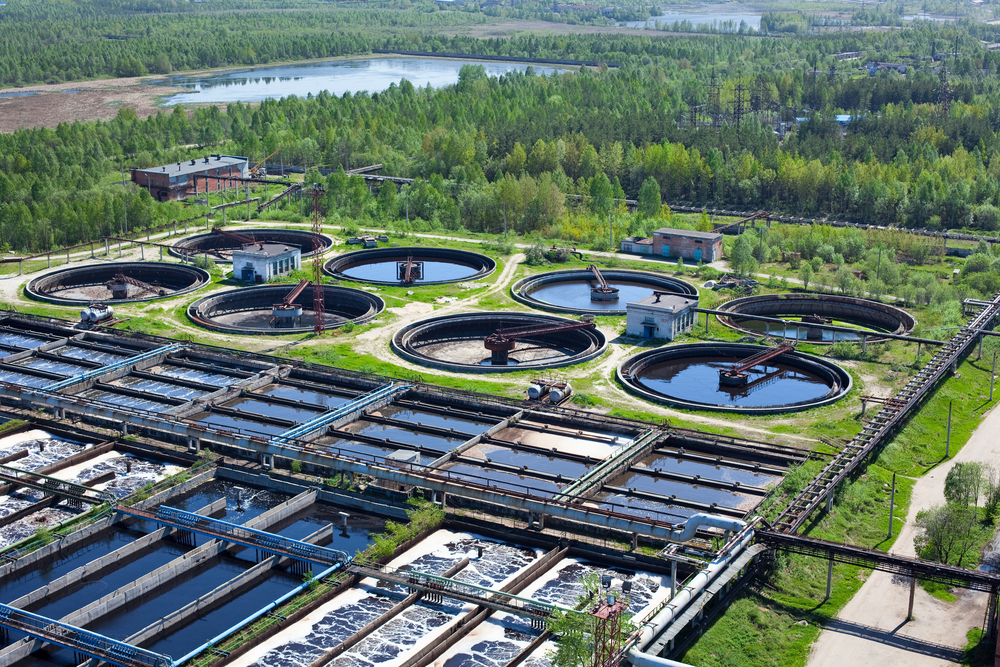Share This
Related Posts
Tags
Waste, Not Wasted
By Erica Rascón on Mar 7, 2017 in News
Innovations in wastewater treatment improve energy efficiency through resource recycling and energy production.
Restrictions on water use and carbon emissions require companies to get creative with resource management. Companies that simultaneously seek ways to cut overhead costs have two unique solutions from which to choose:
Cambrian Innovation reports that the United States spends about 3 percent of its energy use in treating wastewater. Rather than letting the wastewater go to waste, the company has discovered a low-cost, low-energy method to recycle it.
The Boston-based company created the EcoVolt Reactor, a wastewater treatment system. The process results in potable water with minimal energy use. Natural methane gas, which can be used for fuel, is a byproduct of the treatment. EcoVolt Reactors give old technology a fresh, efficient twist.
In traditional setups, energy is used to create bubbles that oxygenate and disperse microbes through wastewater. The microbes remove contaminates at the expense of high energy usage.
The EcoVolt Reactor uses a different family of microbes that does not need air to work. As a result, users do not need to use energy to produce bubbles and agitate the water. Instead, the wastewater is poured through a filter that contains the microbes. Methane gas (and carbon dioxide that is converted into methane) are released through the chemical process. The fuel is trapped and used for other operations in the building.
EcoVolt Reactors generate anywhere from 40KW to 300KW of energy depending on the number of modules that are linked together. Cambrian Innovation Founder and CEO Matt Silver estimates that a chain of reactors could provide nearly 20 percent of the energy required by the average American company.
There are currently ten active EcoVolt Reactors throughout the US.
In Scotland, Sharc Energy Systems produces clean, hot water using wastewater. Borders College, one of the first large-scale applications of the technology, generates 95 percent of its own heat using the Sharc treatment system.
Developers at Sharc noticed squandered heat in convention waste removal processes. Most wastewater is already heated, on average to 77°F. Water from showers, washing machines, and dishwashers makes it way to sewers where it is discarded.
Sharc redirects warm wastewater from nearby treatment facilities, using heat pumps to further increase the temperature of the waste. The resulting heat is then transferred to a clean water stream. Hot, clean water can be used in radiators, washing machines, and other appliances.
Sharc systems are suitable for commercial and residential use. Clients can choose between four systems offering 462KW to 1172KW of energy.
There are several other wastewater treatment options that offer a range of efficiencies and savings. As greater investments trickle into research and development, companies can look forward to waste and greater cost savings.
